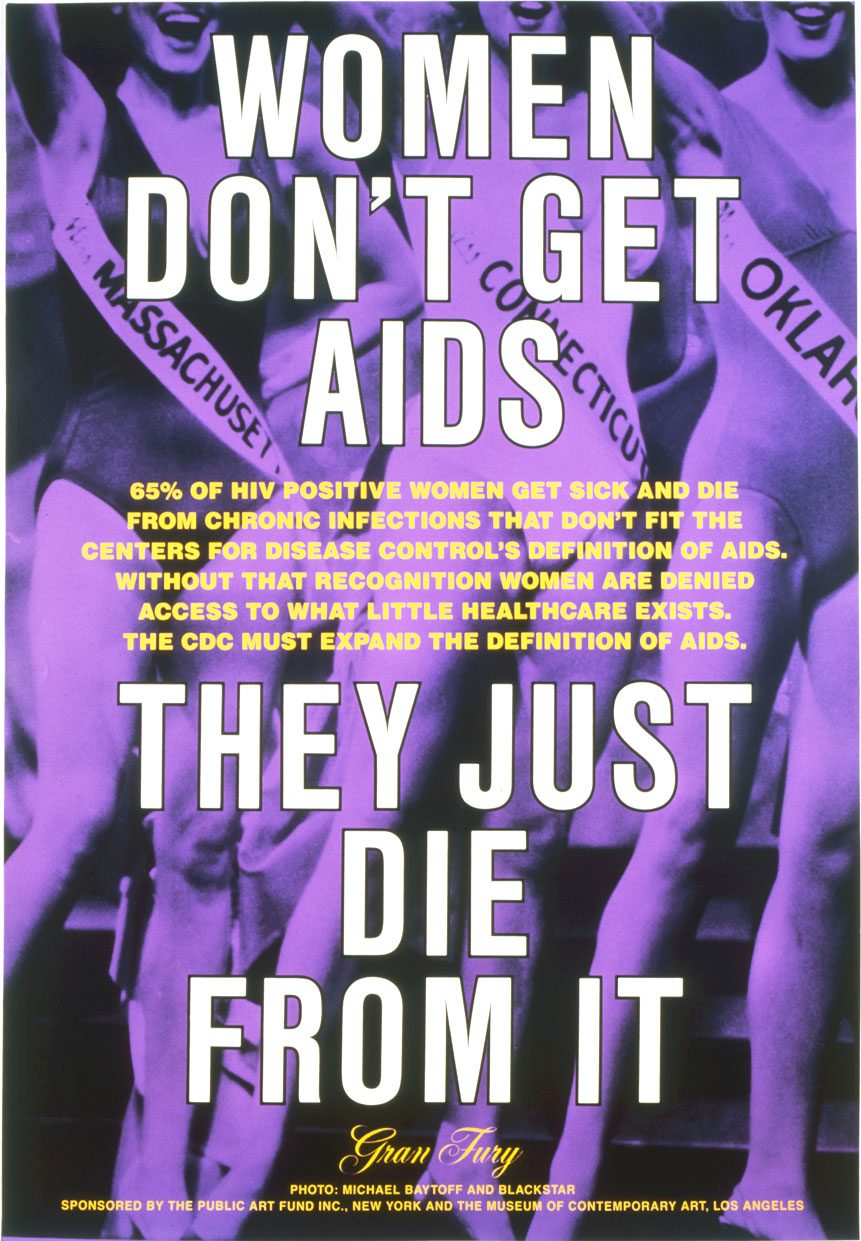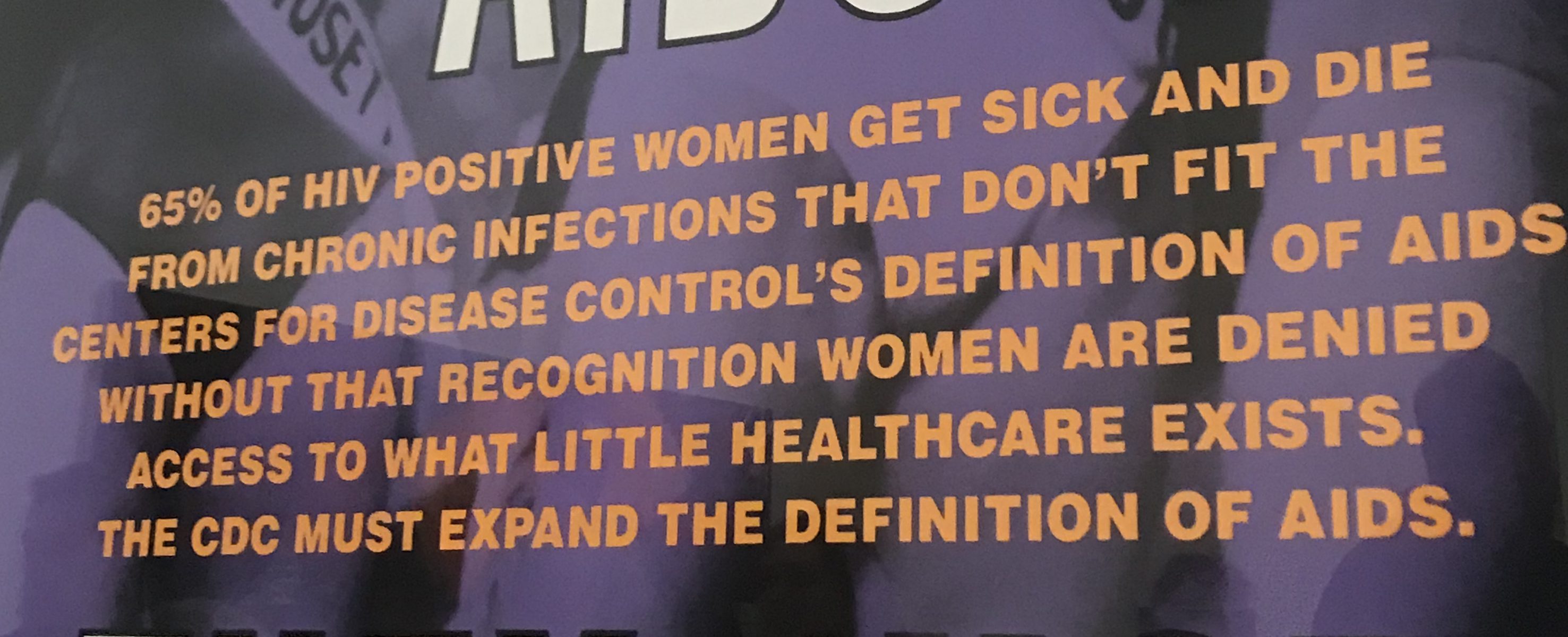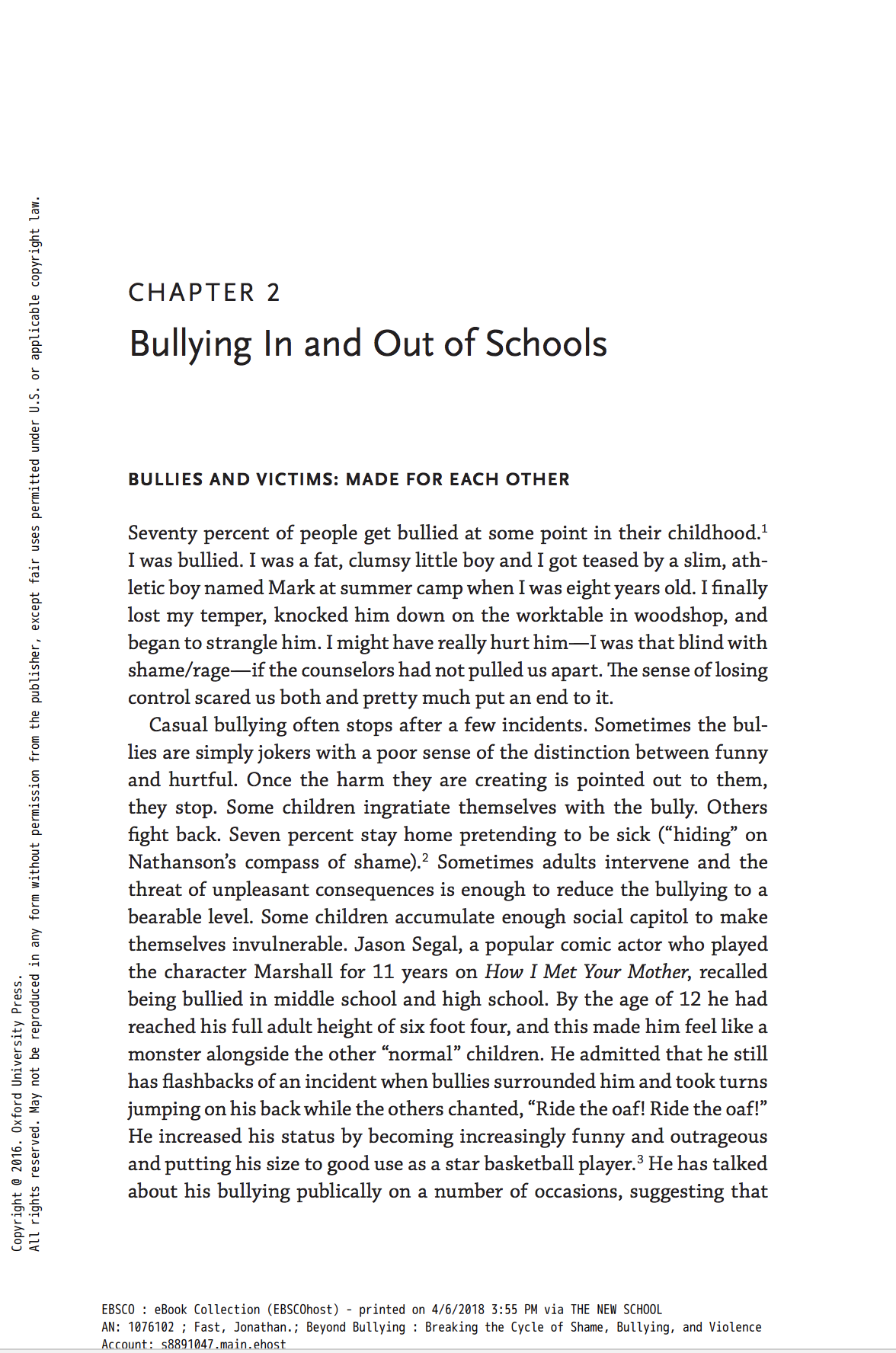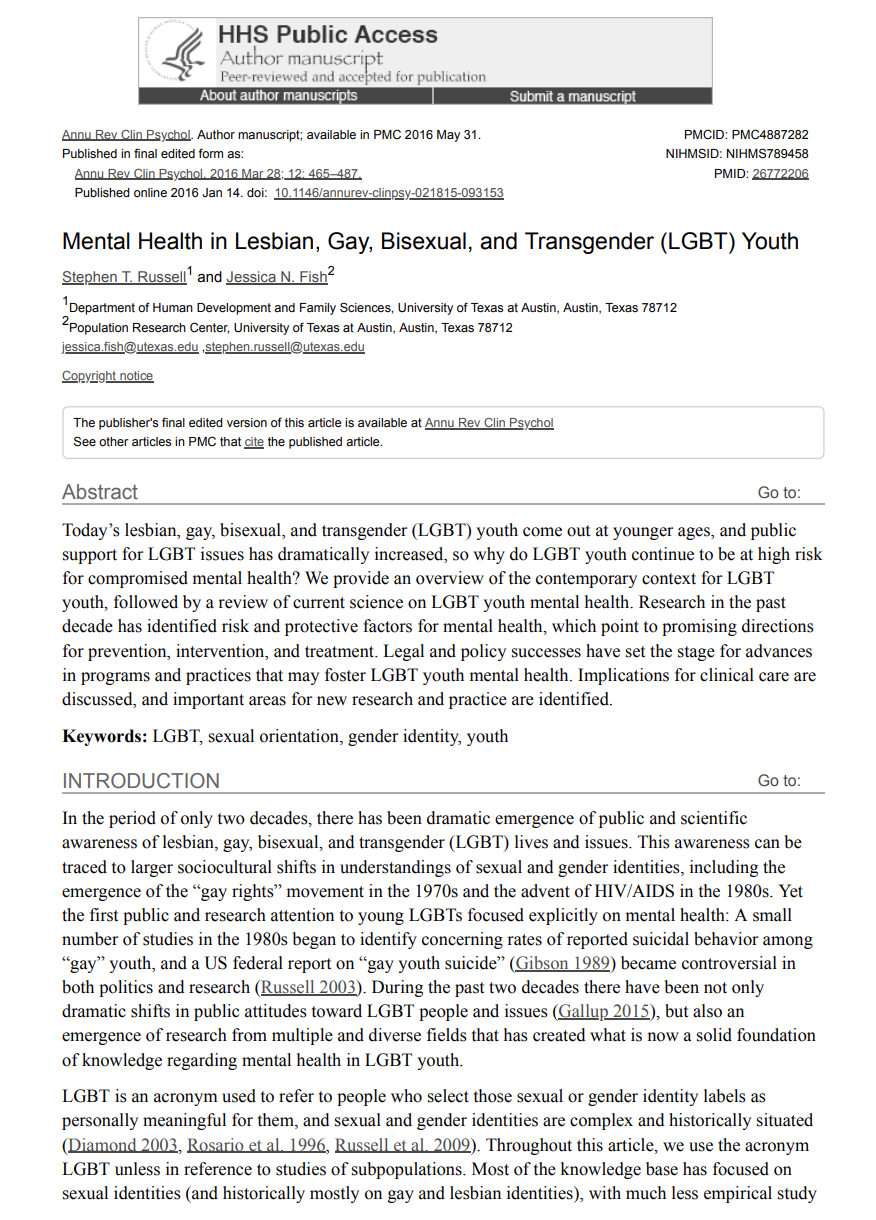


2. Gran Fury is a collective that is committed to addressing the AIDS crisis through public art projects. The piece Women Don’t Get AIDS is a large purple print of US beauty queens with the text “WOMEN DON’T GET AIDS, THEY JUST DIE FROM IT” and “65% OF HIV POSITIVE WOMEN GET SICK AND DIE FROM CHRONIC INFECTIONS THAT DON’T FIT THE CENTER FOR DISEASE CONTROL’S DEFINITION OF AIDS WITHOUT THAT RECOGNITION WOMEN ARE DENIED ACCESS TO WHAT LITTLE HEALTHCARE EXISTS. THE CDC MUST EXPAND THE DEFINITION OF AIDS.” The first quote is printed in white along the top and bottom with the second quote printed smaller and in orange along the middle. The artist’s “name” and sponsorship info is printed along the bottom in orange. The large white text stands out the most with the middle text, containing the context for the work, becomes more apparent upon closer inspection. My initial impression was confused as I read “WOMEN DON’T GET AIDS.” It was not until I read the middle text that the piece’s intent became clear to me. The artists pull the audience in with a controversial phrase that stands out from afar. It is not until the viewer comes in closer, curious about what the phrase means, that they are presented with the context and its severity.
The piece is made from standard print materials for advertisements because it was designed as an ad for bus shelters. Fury wanted to confront the CDC and the Reagan administration’s refusal of recognizing that AIDS did not just affect gay men or intravenous drug users. By putting their piece out in public they ensured that the day to day person would see it and it would spread the truth among communities.
3. The purple background image is of Miss America beauty queens that symbolize the ideal woman of the time and perfect femininity. In reality American women were dying of AIDS because of the government’s refusal to recognize the severity of AIDS and confront the homophobia that prevented proper research. The large white text is bold and controversial in its attempt at informing the public that innocent lives are dying because of how politicized AIDS had become. People are not receiving proper treatment because of politics’ influence on oppression and homophobia. In the video embedded below, by 1981 the CDC had claimed AIDS had become an epidemic with over 853 deaths in America attributed to the disease but when confronted with that same information, Ronald Reagan’s press secretary, Larry Speakes jokes with the media pool about a “gay plague.” It was on January 7, 1983 that the CDC reported cases of AIDS in female sexual partners of males with AIDS. Despite the CDC’s research and the founding of Gay Men’s Health Crisis , the first community-based AIDS service provider in the U.S. in 1982, it was not until September 17, 1985 President Ronald Reagan mentioned AIDS publicly for the first time. By that time 5,636 Americans had died from AIDS.
4a. What are the most effective ways to educate those who have strong biases?
Homophobia prevented the government from recognizing AIDS as a serious problem affecting the US population. Had they been more educated or unbiased more research could have been conducted and less lives would have been lost. How can we properly educate others on LGBT issues when they are not willing to learn.
Does education prevent discrimination?
The bus stop’s intent was to raise awareness and address discrimination against gay men and women who had AIDS. The CDC and Reagan Administration approached the epidemic with homophobia instead of true concern for the citizens of the US. Education on LGBT issues should be mandatory and widespread to avoid such events.
Should we focus on educating children on lgtbt issues or their parents who teach them to be homophobic, etc ?
Children are blank canvases and will accept anything as true. Racism, homophobia, transphobia, etc is taught by parents and other authoritative figures so I’m left with a chicken or egg dilemma. How can we effectively teach others who are in those positions.





